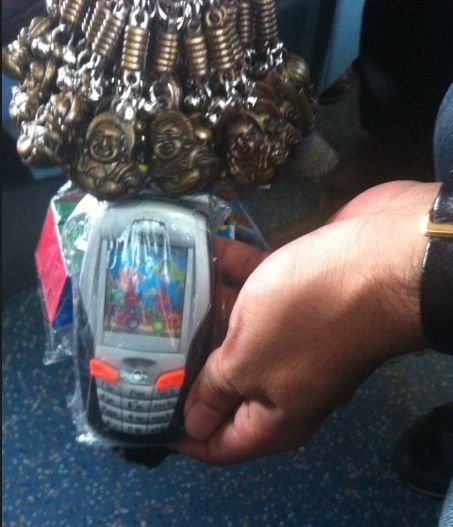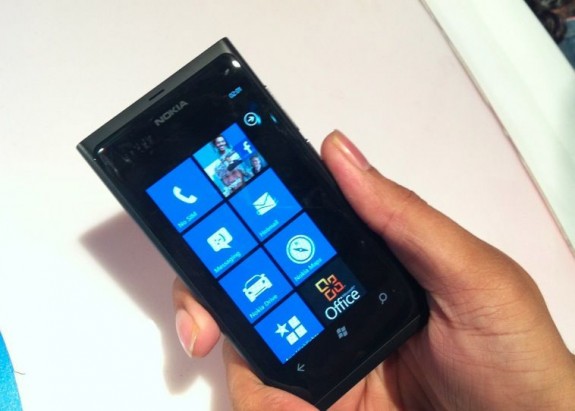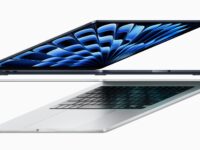Over the past few years, we have seen a major disruption in the mobile market. 5 billion mobiles, 1 billion smartphones, the usage has shot up many folds. Many dominant players (hey RIM, Nokia) have taken a beating, while others have risen (hey Apple, Samsung.) It is clear that hardware isn’t the dominant force in the industry any more. Windows Mobile ruled the early smartphone days and Palm’s Treo was a super hit. Nokia 6600 was state of the art and had tonnes of apps. Today as I come across this Nokia 6600 designed toy in a train, it strikes me harder than anything else that time has passed. The mobile market has transformed already and consumers have long forgotten the glory days of XDA I and O2 Mini.

It is a platform race more fierce than what we saw in the early days of the PC or the browser market in recent years. iOS made the first move and took the lead, it still helps Apple get over 50% of smartphone markets profit. Google followed up with Android and had done well to reach 200 million devices. Blackberry is reinventing itself with BBX and Microsoft has made the big move to Windows Phone 7 (and taken it forward with Windows 8.)

For an ailing market leader like Nokia, it was perhaps a good move to jump the ship and bank on a future OS. Microsoft had showed enough goodness with the Windows Phone UI for many to like it. When we presented our case in favor of the Nokia – Microsoft deal, we expressed that both Microsoft and Nokia need each other (“The only other player in the market who is desperate enough and is big enough to partner with is Microsoft and Nokia did it,”) now that we have seen what Nokia has managed with Windows Phone 7 in under a year, we have a hint of the future.
Nokia had a stellar hardware with the ill fated N9, they released the MeeGo device in limited numbers and demonstrated that they can capable of innovating and delivering next-gen devices. The same design made it to the first Windows Phone 7, the Lumia 800. And we must admit, it is a gorgeous device. The hardware is top notch. Microsoft must be proud writing those cheques to Nokia for promoting Windows Phone 7. But is the Lumia series really going to turn the fortunes for Nokia?
It sure is better than the Symbian lot that disappointed one after the other. Having seen the Windows Phone 7 operating system evolve, right from the first build through the NoDo and Mango updates, we fail to feel the refreshing change in Nokia a few minutes after playing with both the Lumia devices. Nokia is doing its bit with the hardware, but Microsoft is way behind Android and iOS when it comes to the Windows Mobile platform. The big move might well comes when Windows 8 and Windows Phone 8 come out together, but for now, Nokia has a growing and promising ecosystem. Whether and If it would catchup with the industry leaders in time remains a question!
Earlier this week during the Lumia launch in India we questioned the Microsoft team on the poor 3rd party apps on Windows Phone platform even a year after its release and the answer we got was largely defensive, leaving the ball in the developers court. Seeing how horribly WhatsApp on WP7 runs we are in doubt if the apps ecosystem on Windows Phone is catching up fast enough (remember, WhatsApp released after Mango was out.) With the current lot of apps which are 10 times in behind in quantity when compared to the market leaders and perhaps equally behind in quality, if Nokia succeeds with Windows Phone 7, our faith in the entire Apps USP would be challenged. Be sure, when we say succeed, we mean stellar sales, not just reviews and optimism.
Asking if Lumia would lift the Nokia is a fair question. But Nokia’s fate is in the hands of Microsoft and its success with the Windows Phone 7 ecosystem. Redmond, your move!





